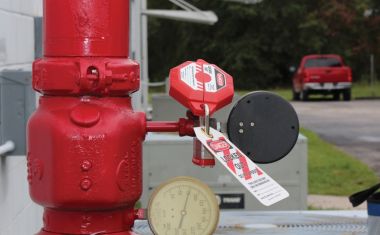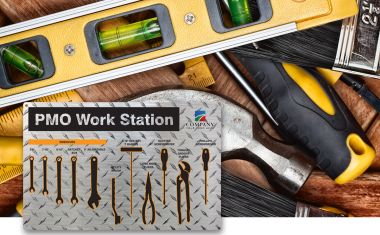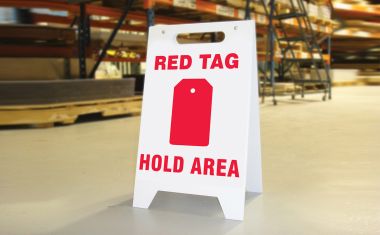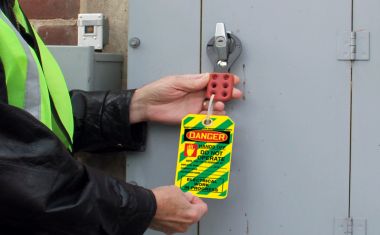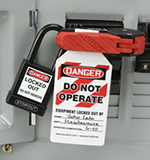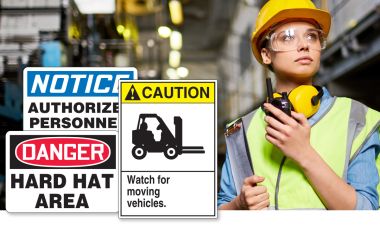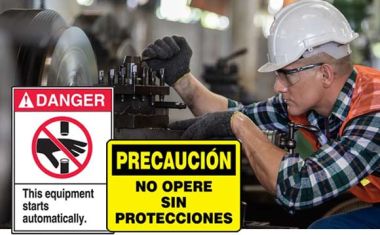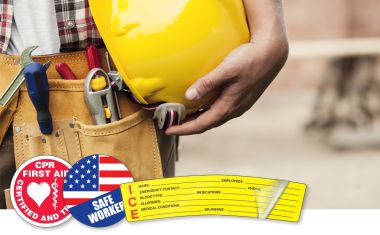7 Signs Your Workplace Isn't Fire-Safe
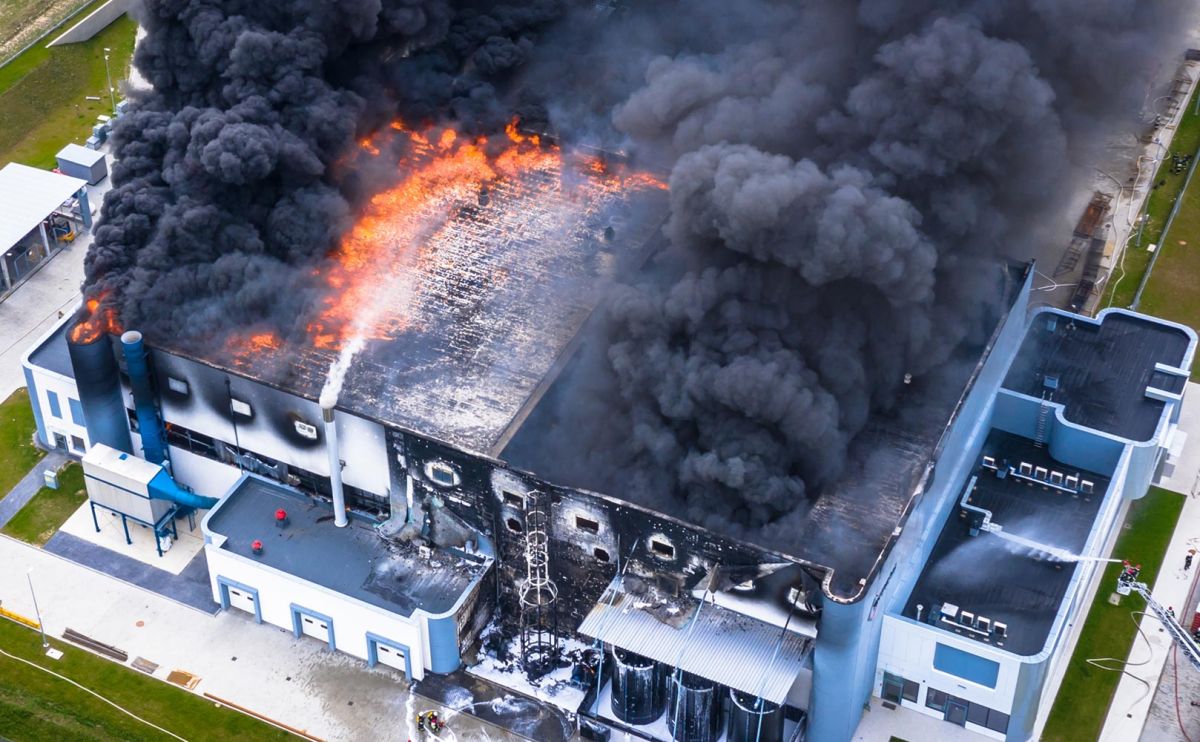
Few things scare a business owner like the thought of a fire spreading through the workplace. The potential for loss of property and income are only secondary to the threat of losing lives.
In 2018, the most recent stats reported 103,600 non-residential building fires in the United States. Those fires resulted in 85 deaths, 1,025 injuries, and $2.66 trillion in losses. Since 2009 there has been a 26% increase in fires.
We can do better. We need to do better. October 4th through the 10th is National Fire Prevention Week. It's the perfect opportunity to give your business a fire prevention checkup. If you're not sure what to look for, here are seven common issues you'll want to address to keep your workplace safe.
1) There Are No Designated, Safe Smoking Areas
Gone are the days of workers enjoying a smoke while they work away at their job. Even smoking in the breakroom is a thing of the past, and most would agree that it's a good thing. But, do your workers have a designated smoking area?
You want to establish a marked safe zone free from flammable materials and chemicals where workers can relax with their cigarette. It's also essential to have plenty of receptacles for extinguishing matches and cigarettes in the area.
2) Unidentified Electrical Hazards
On of the top-5 causes of non-residential building, fires is faulty electrical wiring and other electrical malfunctions. Have a licensed electrician review the electrical systems in your facility and make sure everything is up to code.
Use signage to mark high-voltage areas, so workers know to avoid them. One careless mistake could cause fire costing precious lives as well as a lot of money.
3) Potentially Dangerous Work Area
Some work areas are prone to fires. Places where there is extreme heat, an abundance of flammable material, or sparks need to be identified and posted.
Anywhere workers are welding is a prime example. Establish fire-safe work practices and mark danger areas, so workers know where they need to be extra cautious.
4) Employees Can't Find Important Fire Safety Items
Do your employees know where to find the nearest fire extinguisher? How about a fire alarm or, if relevant, a fire hose? The first step is to ensure that your workplace has the appropriate number and placement of these fire safety items.
Post signs to distinctly mark the items. Remember, when an employee needs an extinguisher or a fire alarm, there may already be smoke. Glow-in-the-dark signs can add an extra level of precaution.
You may be surprised how many people have never used a fire extinguisher. Have instructions on the proper techniques for using an extinguisher close by at all times. It's a simple fix for what could be a disastrous problem.
5) Don't Extinguish All Fire Types with Water
Most people's first reaction to fire is to think, "We need water!" but that's not always correct. Electrical fires or flammable liquid fires should never be doused with water. It can make the fire worse and cause injury or death to the person applying it and anyone else nearby.
Ensure your employees know the proper way to extinguish different types of fires. If you have an area prone to electrical or flammable liquid fire, post a reminder that water is not the appropriate solution.
6) There's No Evacuation Plan
Every workplace needs to have a rock-solid fire evacuation plan. Every employee should know their route, where the nearest exits are, and the location of fire doors that must stay closed during a fire emergency. Think about it from each work area and create an optimal plan for the workers who spend their time there.
Does your building have elevators? Don't forget that elevators should not be used for fire escape. Direct your employees to the stairs with proper signage or floor markings.
7) Firefighters Don't Have Room to Work
In case of a fire that requires the presence of firefighters, does your workplace have proper access for them? The more difficult it is for firefighters to access the building, the longer it will reach the fire and anyone inside.
At the very least, mark off appropriate fire lanes outside your building where no one should park. This will give the fire vehicles access close to the building so they can get to work.
At each entrance point, signs or diagrams showing which parts of the building are accessible from the entrance can quickly help firefighters reach trouble spots. It may also be worth considering a key box or lockbox outside your facility that the fire department can access to gain entry into the building in case no one else is there. Time is the enemy when fighting fire!
Fire Safety is a Wise Investment
During National Fire Prevention Week is the perfect time to do a fire safety audit of your workplace. Establishing the proper safety precautions could involve a small investment up front, but it's a small price to pay to keep your business and your people safe.
If you have questions regarding your workplace's proper safety guidelines, contact your local fire department or even your business insurance company. They can point out trouble spots and help you create a workplace environment that will prevent costly fires.
